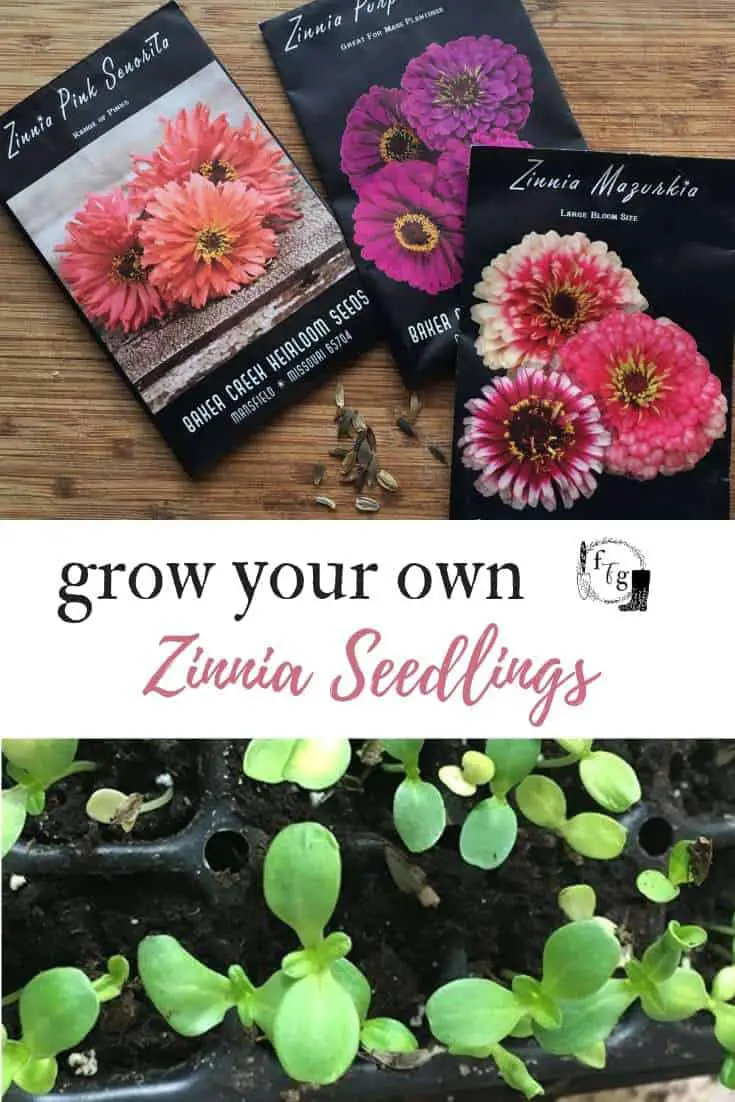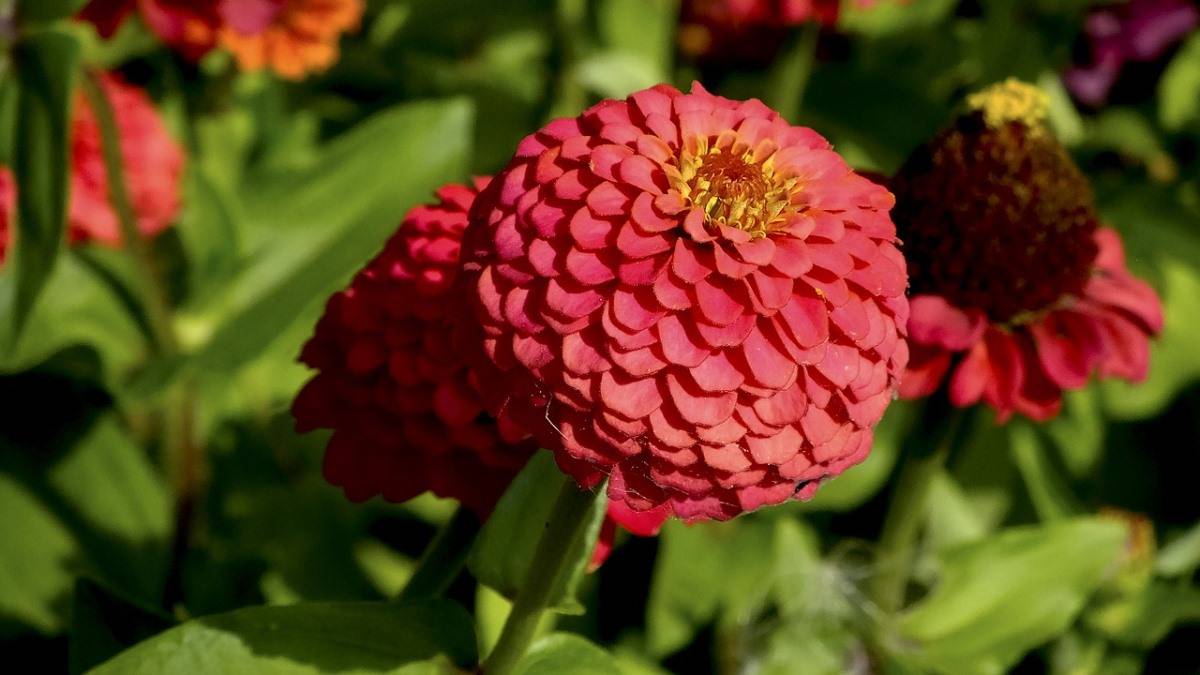Unlocking the Secrets of Zinnia Seeds
Zinnias are a popular choice among gardeners due to their vibrant colors, ease of growth, and versatility in gardens and arrangements. By growing zinnias from seed to flower, gardeners can enjoy the entire process of watching these beautiful flowers develop from tiny seeds to stunning blooms. With proper care and attention, zinnias can thrive in a variety of conditions, making them an ideal choice for gardeners of all skill levels. Whether you’re a seasoned gardener or just starting out, growing zinnias from seed to flower can be a rewarding and enjoyable experience.
Preparing the Perfect Soil for Zinnia Seeds
Before sowing zinnia seeds, it’s essential to prepare the perfect soil to give them a strong foundation for growth. Zinnias thrive in well-draining soil with a pH between 6.0 and 7.0. A mix specifically designed for flowers or vegetables is ideal, as it will provide the necessary nutrients for healthy growth. If your soil is heavy clay or sandy, amend it with organic matter like compost or well-rotted manure to improve its structure. Fertilization is also crucial, and a balanced fertilizer with equal amounts of nitrogen, phosphorus, and potassium (NPK) will provide the necessary nutrients for zinnias to grow from seed to flower. By taking the time to prepare the soil, you’ll be rewarded with strong, healthy zinnia plants that will bloom beautifully.
How to Sow Zinnia Seeds for Optimal Germination
Sowing zinnia seeds is a straightforward process that requires attention to detail to ensure optimal germination. Start by selecting a location with full sun and well-draining soil. Sow the seeds 1/4 inch deep and 2-3 inches apart in rows that are 12-18 inches apart. Cover the seeds with a thin layer of soil and gently firm it down. Water the soil gently but thoroughly, making sure the soil is consistently moist during the germination period. It’s essential to maintain a consistent temperature of around 70-80°F (21-27°C) for optimal germination. Keep the soil moist but not waterlogged, as this can lead to rot and poor germination. With proper sowing and care, zinnia seeds will germinate within 7-10 days, and you’ll be on your way to growing vibrant zinnias from seed to flower.
Nurturing Young Zinnia Seedlings
Once zinnia seeds have germinated, it’s essential to provide the right conditions for young seedlings to thrive. Zinnias require full sun to partial shade, so ensure they receive direct sunlight for at least 6 hours a day. Maintain a consistent temperature between 65-75°F (18-24°C) to promote healthy growth. Water seedlings gently but thoroughly, making sure the soil is consistently moist but not waterlogged. Fertilize with a balanced fertilizer at half the recommended strength to avoid burning the tender roots. Keep an eye out for pests like aphids, whiteflies, and spider mites, and treat promptly if necessary. By providing the right care, young zinnia seedlings will develop strong roots and stems, setting them up for success as they grow from seed to flower.
The Art of Thinning and Transplanting Zinnias
As zinnia seedlings grow, it’s essential to thin and transplant them to ensure optimal growth and development. Thinning involves selecting the healthiest seedlings and removing weaker ones to prevent overcrowding. This process allows the remaining seedlings to receive adequate light, water, and nutrients, promoting strong root development and sturdy stems. When transplanting, harden off the seedlings by gradually exposing them to outdoor conditions over the course of 7-10 days. This helps prevent shock and ensures a smooth transition. Space transplanted zinnias 6-12 inches apart, depending on the variety, to allow for proper air circulation and growth. By thinning and transplanting zinnias, you’ll be well on your way to growing vibrant, healthy plants that will thrive from seed to flower.
Fostering Healthy Zinnia Growth and Development
To encourage zinnias to grow from seed to flower, it’s crucial to provide optimal growing conditions. Water management is key, as zinnias require consistent moisture, especially during hot summer months. Aim to provide about 1 inch of water per week, either through rainfall or irrigation. Fertilize zinnias regularly, using a balanced fertilizer that promotes healthy growth and blooming. Prune zinnias regularly to encourage bushy growth and prevent them from becoming leggy. Remove any dead or dying leaves or stems to prevent the spread of disease. Pest control is also essential, as zinnias can be susceptible to pests like aphids, whiteflies, and spider mites. Use organic or chemical controls as needed to prevent infestations. By focusing on these key factors, you’ll be able to foster healthy zinnia growth and development, leading to a bountiful harvest of vibrant blooms.
Encouraging Blooms: The Final Stage of Zinnia Growth
As zinnias grow from seed to flower, the final stage of their development is perhaps the most rewarding. To encourage blooming, it’s essential to provide zinnias with the right conditions. Deadheading, or removing spent blooms, is a crucial step in promoting continuous flowering. This simple technique encourages zinnias to focus their energy on producing new blooms rather than seed production. For tall varieties, provide support using stakes or trellises to prevent them from toppling over in the wind. This will also help to keep the blooms upright and visible, adding to their overall impact. Additionally, consider providing zinnias with a balanced fertilizer that is high in phosphorus, which promotes blooming. By following these simple tips, you’ll be able to encourage vibrant, abundant blooms in your zinnias, and enjoy the fruits of your labor as they grow from seed to flower.
Enjoying Your Vibrant Zinnia Blooms
After nurturing your zinnias from seed to flower, it’s time to celebrate the fruits of your labor. With their vibrant colors and versatility, zinnias can add a pop of color and beauty to any arrangement or garden display. Consider creating a stunning bouquet featuring your freshly cut zinnia blooms, paired with other complementary flowers and foliage. Alternatively, use zinnias as a focal point in your garden, creating a dramatic display of color and texture. To extend the life of your zinnia blooms, consider drying them to create beautiful, long-lasting arrangements. By enjoying and showcasing your zinnia blooms, you’ll be able to appreciate the beauty and rewards of growing zinnias from seed to flower. With proper care and attention, your zinnias will continue to thrive, providing a bountiful harvest of vibrant blooms for months to come.



:max_bytes(150000):strip_icc()/how-to-plant-zinnia-seeds-3986368-02-23d40397075c4848bec35db7f20d245a.jpg)




